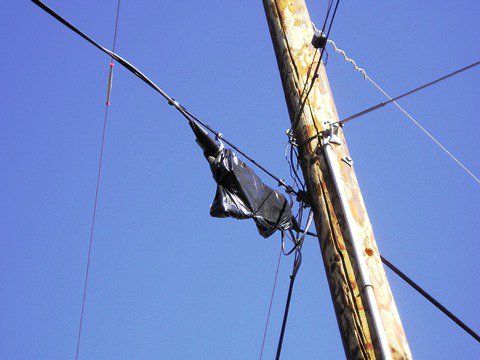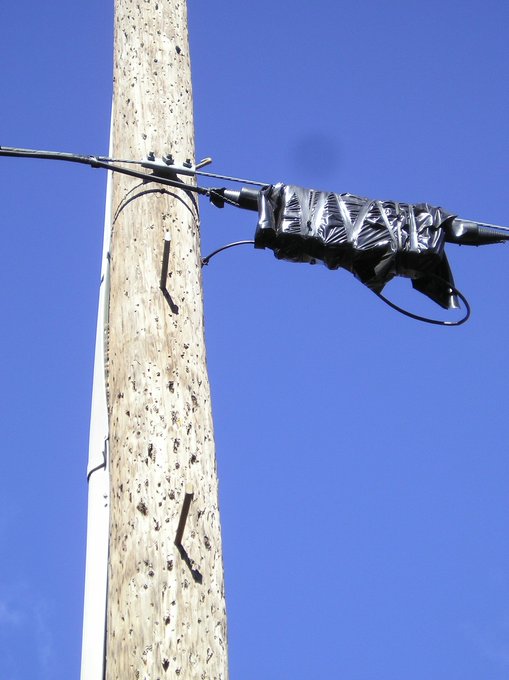Editor's Note: Welcome to the Roaring ’20s: Meanwhile, according to RVA LLC, 2019 proved to be a banner year for fiber to the home, and 2020 promises to be nearly as good. Broadband providers have now passed 46.5 million unique U.S. homes with fiber, up more than 6 million since the year before – not bad for a technology that got started just 20 years ago. In addition, nearly 3 million households can choose between two or more fiber connections. Not bad for what was once considered a “natural monopoly.”Advanced telecom infrastructure remains a natural monopoly market due to high costs of entry that make it difficult for would be private sector competitors to challenge an established provider. If it weren't, most all American households would have had fiber connections at least a decade earlier in the 2000s -- when fiber was hardly a new technology -- and millions would not lacking them today.
Nor would there be a need for publicly and consumer cooperatively owned fiber to the premise infrastructure since competitive market forces would work to ensure nearly all homes were connected by investor owned players. That some providers opt to compete by cherry picking homes in what they consider "high potential" neighborhoods by inefficiently building multiple premise fiber connections doesn't alter the basic underlying economics.

